Newly Discovered Dog-Sized Dinosaur Lived Among Giants Of The Past
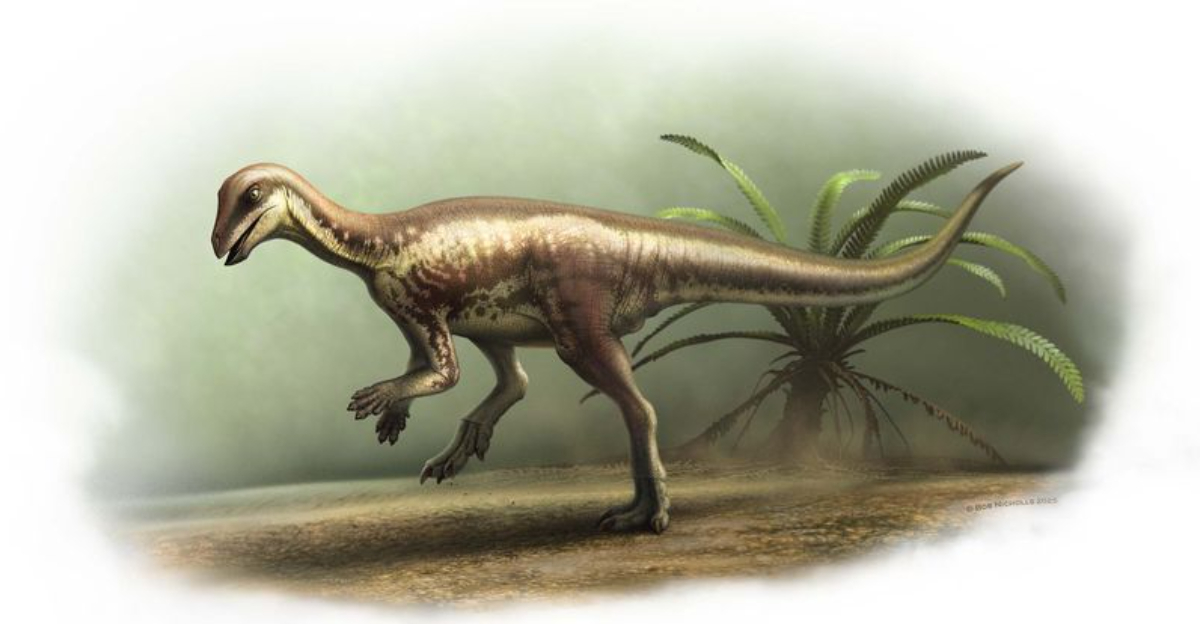
Imagine a world where a creature the size of your family dog scurried beneath the towering legs of giants! Scientists have recently uncovered an exciting new dinosaur species that did exactly that.
This pint-sized prehistoric animal, named Enigmacursor, offers a fascinating window into dinosaur diversity during the late Jurassic period, challenging what we thought we knew about dinosaur communities.
1. A Surprising Size Contrast
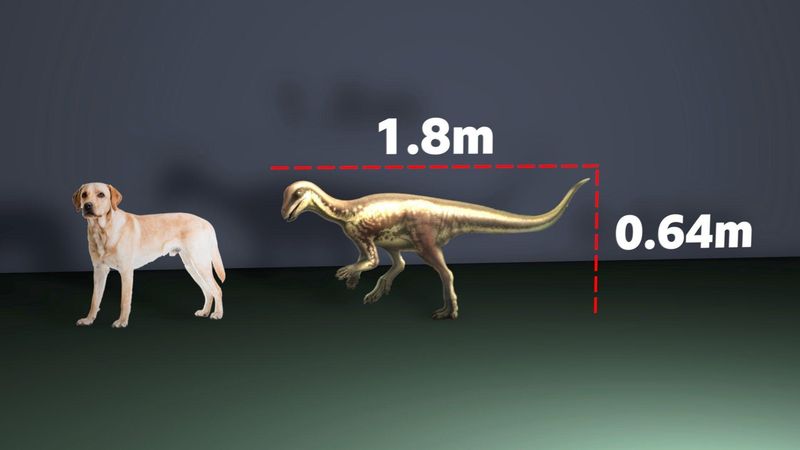
While massive dinosaurs like Brachiosaurus stretched over 75 feet long, Enigmacursor barely reached the size of a modern Labrador retriever!
This stark contrast highlights the amazing diversity of dinosaur species. Small dinosaurs like this one likely filled different ecological niches than their gigantic neighbors.
2. Journey Through Time: 150 Million Years
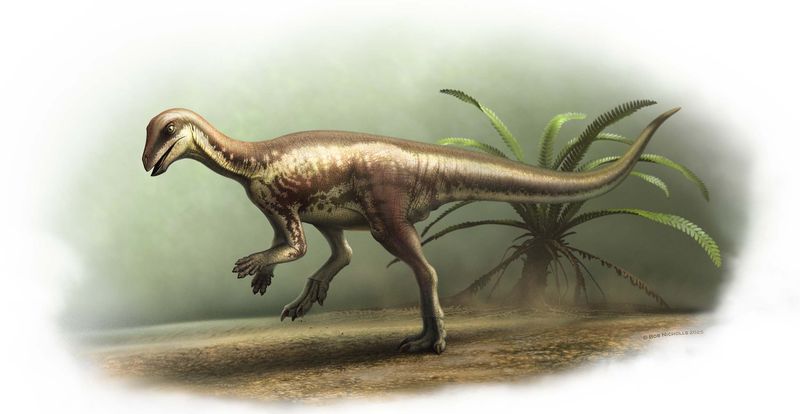
Roaming Earth during the late Jurassic period, Enigmacursor witnessed a dramatically different planet than we know today.
Oxygen levels were higher, temperatures warmer, and continents still joined in the supercontinent Pangaea. This tiny dinosaur shared its world with primitive mammals no bigger than modern shrews.
3. Scientific Identity Crisis
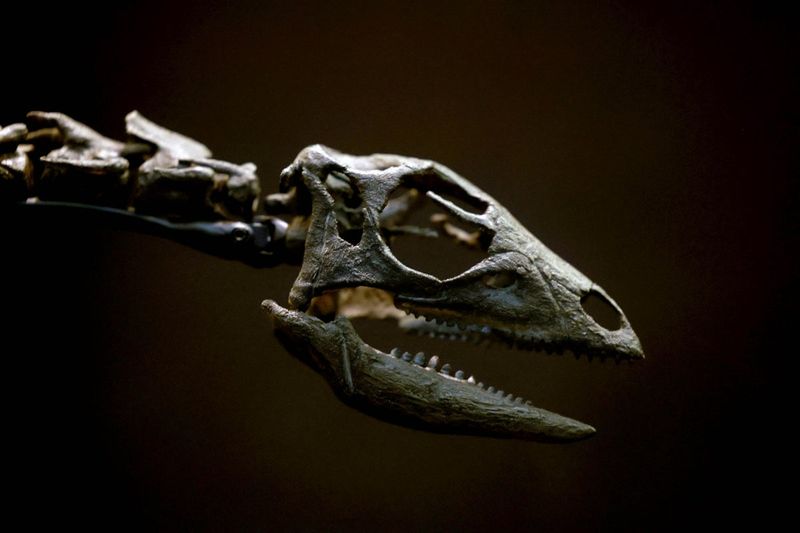
For years, paleontologists mistakenly classified this creature as Nanosaurus! Recent advanced examination techniques revealed distinct skeletal differences that warranted a completely new classification.
This scientific detective work demonstrates how modern technology continues to reshape our understanding of ancient life forms.
4. Neighborhood of Giants
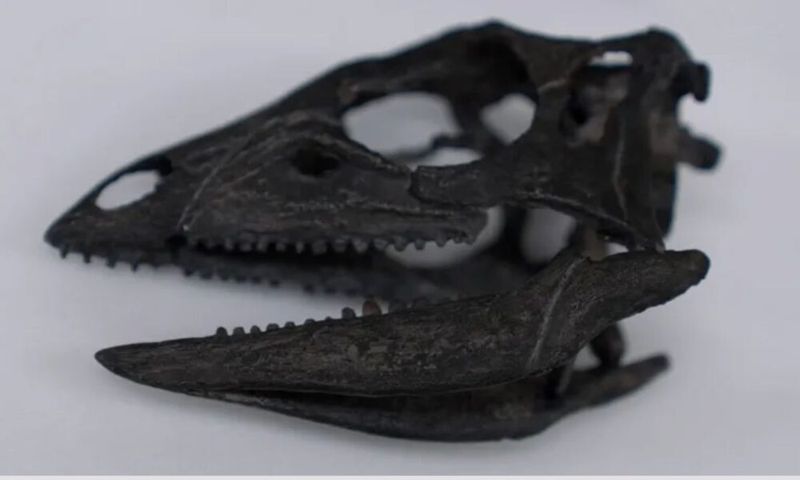
Picture this little creature darting between the legs of massive Stegosaurus! Enigmacursor shared its habitat with some of prehistory’s most iconic beasts, including Allosaurus and Diplodocus.
How did it survive? Likely through speed, hiding skills, and exploiting ecological niches too small for the giants.
5. Evolutionary Missing Link
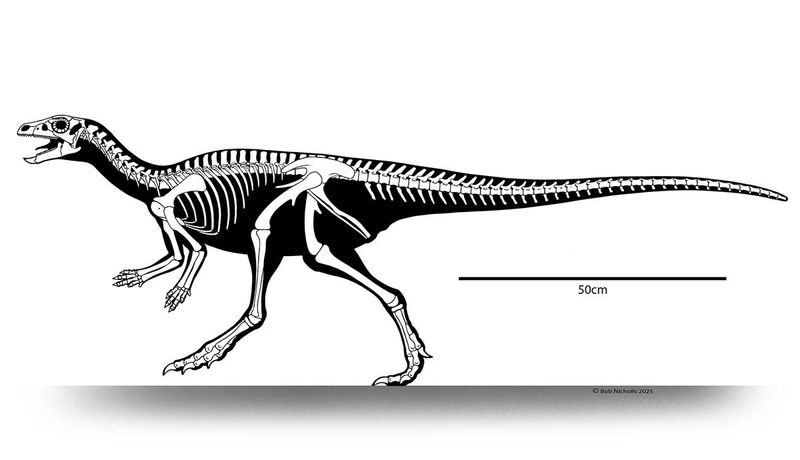
Eureka! Enigmacursor fills a crucial gap in dinosaur evolution. Its skeletal structure shows transitional features between earlier small dinosaurs and later larger species.
This single discovery provides paleontologists with valuable insights into how some dinosaur lineages evolved from modest-sized ancestors into the colossal creatures that dominated later periods.
6. Museum Milestone
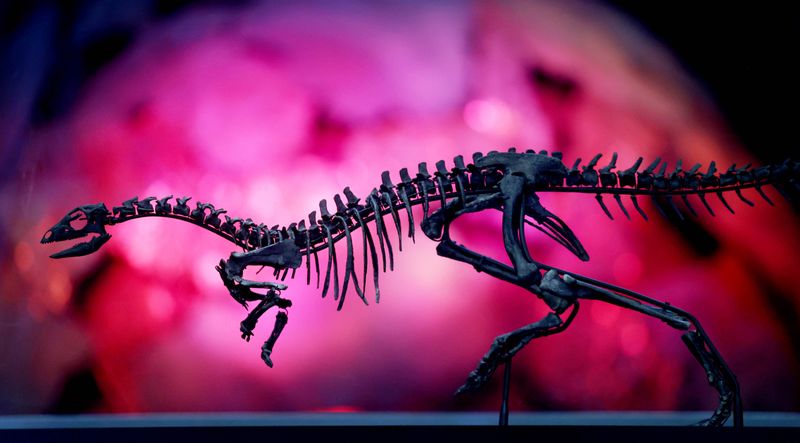
Breaking an eight-year drought, Enigmacursor becomes the first new dinosaur specimen displayed at London’s Natural History Museum since 2014!
Museum curators spent months meticulously preparing the fossil for public viewing. The exhibit includes interactive elements explaining how small dinosaurs contributed to prehistoric ecosystems.
7. Earth Hall’s Newest Star
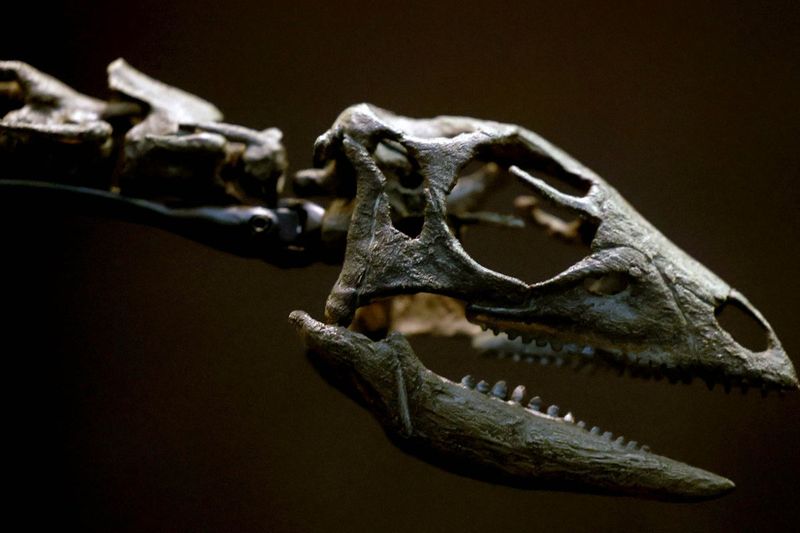
Move over, blue whale skeleton! Enigmacursor now claims prime real estate in the Earth Hall. Though tiny compared to other exhibits, its strategic placement emphasizes how small species played crucial roles in ancient ecosystems.
Museum designers created special lighting to highlight this pint-sized prehistoric celebrity.
8. Distinctive Physical Features
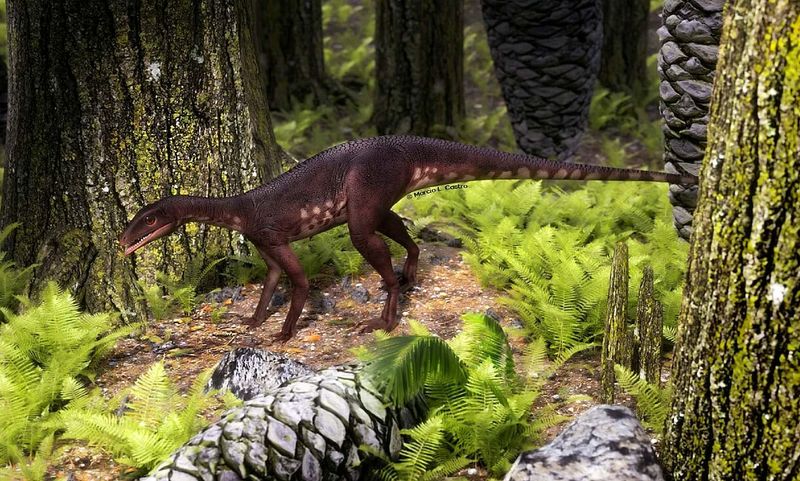
Oversized feet gave this dino surprising stability! Enigmacursor’s disproportionately large feet provided excellent balance, while its lengthy tail served as a counterweight during quick direction changes.
These adaptations suggest it was a fast, agile runner – possibly escaping predators by darting through spaces too small for larger hunters.






